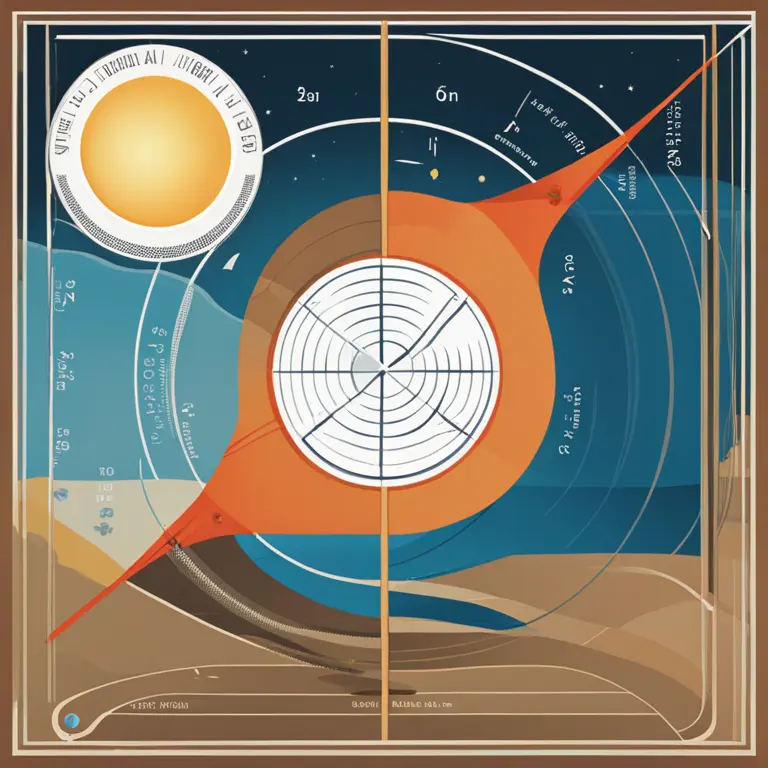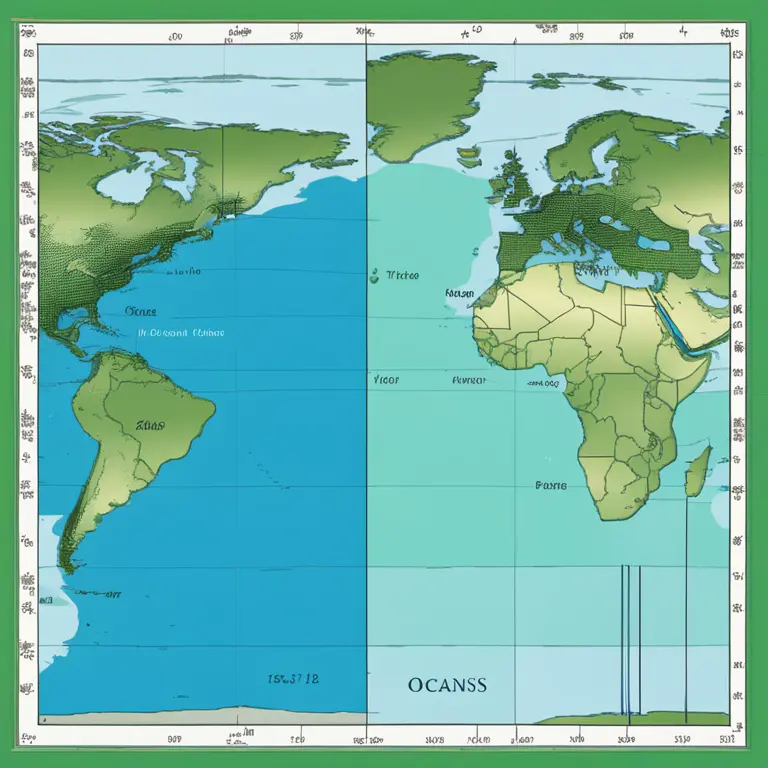
Moon Phases and Tide Levels: Finding the Lowest Tides
Explore the lunar connection to tidal patterns and discover which moon phase typically coincides with the lowest tides on Earth.
article by Priya Deshmukh
Moon-Tide Dynamics
The gravitational force exerted by the moon on the Earth is the primary driver of tidal movement, resulting in the ebb and flow of our oceans. The positioning of the moon in relation to the Earth and sun plays a crucial role in the height of the tides we experience. This article delves into the fascinating influence of lunar phases on tidal levels and identifies the moon phase associated with the lowest tides, a phenomenon of great interest to mariners, fishermen, and coastal residents.

Understanding Tidal Variations
Tides are long-period waves that move through the oceans in response to the gravitational pull of the moon and sun. High tides, or high waters, occur when the water is at its maximum height. Conversely, low tides, or low waters, are when the sea level drops to its minimum. These levels are also significantly impacted by the Earth's rotation, bathymetry, and coastline shape. However, the moon's phase is a predictable and major factor affecting how pronounced these tides are.

Identifying Neap Tides
The lowest tides, called neap tides, typically occur during the moon's first and last quarter phases. During these phases, the sun and moon are at right angles relative to the Earth, which lessens the overall gravitational pull on the planet's waters. The result is a lower tidal range, leading to less extreme high tides and higher low tides—in other words, the high tides are not as high, and the low tides are not as low as they can be throughout the lunar cycle.

The Influence of Syzygy
Contrastingly, during new moons and full moons—phases known as syzygy—the Earth, moon, and sun align, and their combined gravitational forces produce the highest tides, called spring tides. These tides are marked by a significant difference between the high and low water marks. Interestingly, despite the name, spring tides have no connection to the season of spring and occur throughout the year during these specific moon phases.

Practical Implications of Tidal Knowledge
Assessing the moon's phase is essential for various marine and coastal activities. Knowledge about neap tides can be beneficial for tasks that require lower water levels, such as underwater construction or coastal maintenance. On the other hand, understanding spring tides is vital for navigation, fishing operations, and the scheduling of beach events. Being aware of these patterns allows for better planning and the safe execution of marina and shoreline endeavors.
Astrological Perspectives on Tides
In astrology, the lunar cycles are often linked to human emotions and behaviors. As we move into 2024 and beyond, astrologers might correlate the quietude of neap tides with a time for inner reflection and calm decision-making. Conversely, the heightened energy of spring tides could be seen as a period for action and heightened emotional states. Whether there is empirical evidence for these beliefs or not, such interpretations add a mystical layer to our understanding of the natural world.
Published: 1/19/2024
Modified: 1/19/2024
More predictions
Come back here soon to learn more about yourself and your future


The Impact Of Moon Phases On Soulmate Connections
Discover the impact of lunar cycles on your quest for a soulmate and how each phase can influence romantic destiny.


Moon Phases & Zodiac Connections
Delve into the mystical entwinement of the lunar cycle and zodiac signs and their collective impact on human ebbs and flows.


The Dance of Sun and Moon Phases: Celestial Rhythms
Explore the synchronous bond between the moon phases and the sun's position in astrology, and how they influence our lives.